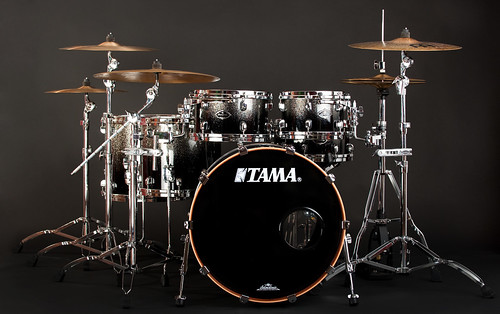When was the last time you attended an honest-to-goodness dinner party? You know, the kind of get-together that takes place in the middle of the week and is untethered to religious ritual, the kind of occasion where the conversation flows as freely as the wine.

Years ago, dinner parties were the coin of the academic realm, the domain of that special breed of spouse known as the faculty wife. Once she vanished from the scene, the dinner party vanished along with her.
I didn’t realize how much I missed that social institution, that exercise in collegiality, until I attended one just last week. What rendered it a special occasion wasn’t just its novelty, but the circumstances under which it was held. This dinner party was organized and hosted by one of my students, Elizabeth Livesey, to mark the culmination, the capstone, of her two years of training in GW’s MA in Jewish Cultural Arts.
We encourage the students in the program to think inventively about the relationship between content and creativity: to infuse Jewish cultural programming with substance and, concomitantly to enlarge the possibilities for smart, critical and layered engagement with Jewish culture and history.
Ms. Livesey’s “curated dinner,” as she called it, did exactly that. An homage to, as well as a re-enactment of, the salon of the 19th century, it assembled a lively mix of people -- historians, curators and other museum professionals among them -- to think through the interpretive implications of remounting an infamous 1941 exhibition, Le Juif et la France, in which the Jews of that country were demonized.
Ms. Livesey not only fed our hunger for French wine and food, which we quaffed and consumed in abundance. She also nourished our appetite for intellectual exchange: talk was as plentiful as the dishes on the beautifully appointed, candlelit table.
A resounding success in every which way, a true capstone experience, this “curated dinner” attested both to Elizabeth Livesey’s many, many gifts and to what educators like to call ‘proof of concept.’
When we furnish our students with the right set of tools and sensibilities, encouraging their creative use, boy, can they take flight!


